Introduction
Online learning has expanded significantly in recent years, offering diverse platforms catering to various interests and skills. Skillshare is one such platform that has gained popularity for its focus on creative and practical courses. In this review, we’ll delve into the pros and cons of Skillshare, exploring who might benefit the most from this platform, what it offers, and how it compares to other online learning sites.

Pros of Skillshare
Affordability
One of the standout features of Skillshare is its affordability. Unlike traditional education models or online learning platforms that charge per course, Skillshare operates on a subscription basis. Users gain unlimited access to the entire course library for a monthly or annual fee. This model can be cost-effective, especially for individuals exploring multiple subjects or taking numerous courses.
Diverse Course Topics
Skillshare boasts a vast array of courses covering an extensive range of topics. Whether you’re interested in graphic design, business strategy, coding, or culinary arts, Skillshare likely has a course for you. This diversity makes it an attractive option for individuals with varied interests and aspirations.
Project-Based Learning
Many Skillshare courses emphasize project-based learning, a pedagogical approach that encourages hands-on application of knowledge. This is particularly beneficial for those who learn best by doing. Engaging in real-world projects reinforces understanding and provides a tangible portfolio of work to showcase to potential employers or clients.
Community Interaction
Skillshare strongly emphasizes building a sense of community among its users. Students can interact with instructors and fellow learners through discussion forums, project galleries, and feedback mechanisms. This community aspect adds a social dimension to the learning experience, fostering collaboration and the exchange of ideas.
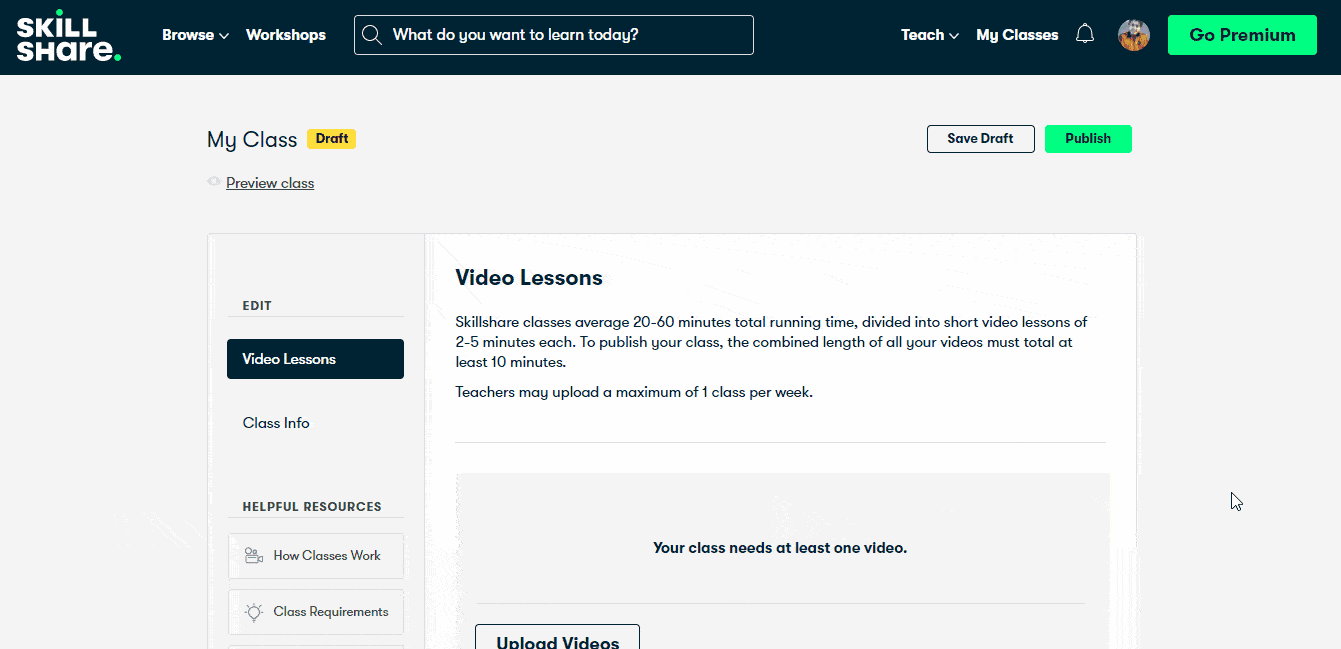
Quality Instructors
Skillshare collaborates with industry professionals and experts to deliver its courses. This ensures that the content is relevant and taught by individuals with practical experience in their respective fields. The platform’s commitment to quality instructors contributes to the overall credibility of the courses offered.
Cons of Skillshare
Quality Variability
While Skillshare’s model of allowing anyone to create and upload courses promotes diversity, it also leads to variability in the quality of content. Some courses are meticulously crafted and comprehensive, while others lack the professionalism and depth found on other platforms. This inconsistency can make it challenging for users to navigate and select courses that meet their expectations.
Subscription Model Limitations
While the subscription model is advantageous for frequent learners, there may be better fits for those who only intend to take a course or two. Individuals looking for a specific, high-quality course might find the subscription fee less appealing, especially if they don’t plan to explore the full breadth of Skillshare’s offerings.
Limited Depth
Skillshare may not be the ideal platform for users seeking highly advanced or specialized content. Some courses might provide a general overview of a subject but need more in-depth exploration for advanced learners or professionals looking to deepen their expertise.
Not Suitable for All Subjects
While Skillshare covers a broad range of creative and practical topics, there may be better fits for highly technical or academic subjects. Individuals pursuing fields with stringent educational requirements or those requiring certification may need to supplement their learning with more traditional educational avenues.
Offline Access Limitations
As of the last update, Skillshare’s offline course access was primarily available through its mobile app. However, not all courses were downloadable for offline viewing. This limitation could be a drawback for users who prefer or require offline access to their learning materials.
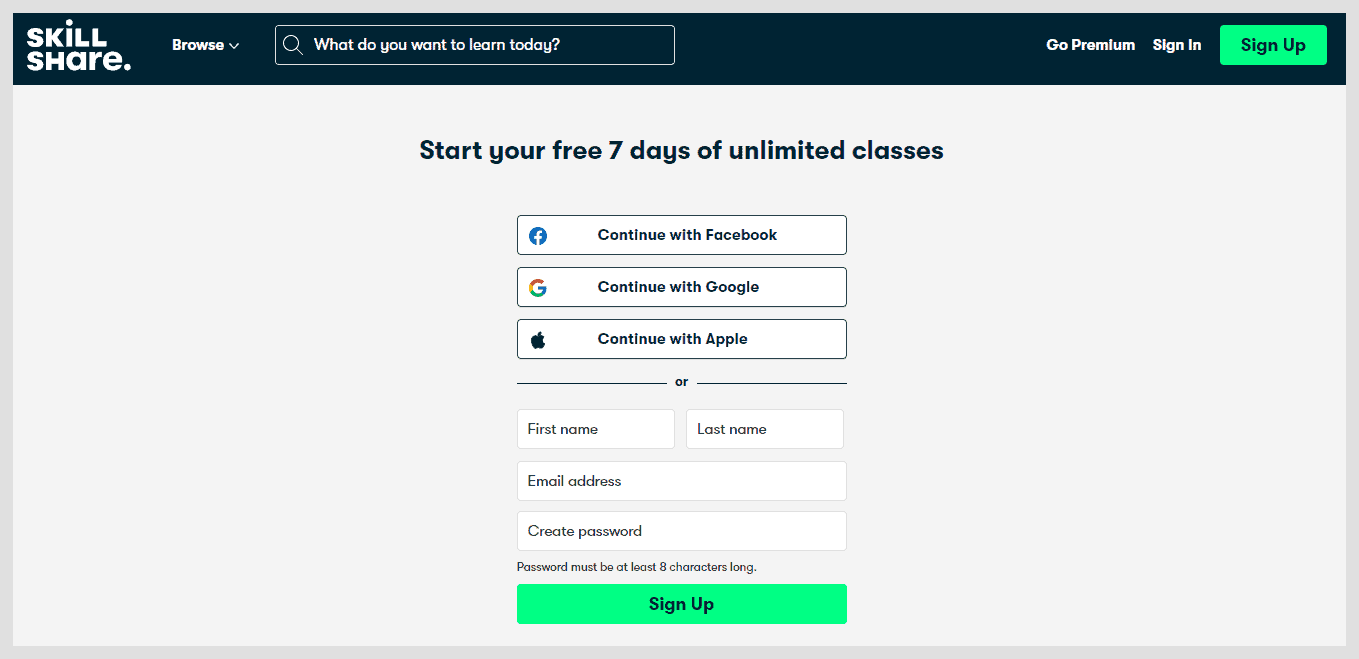
Who Is Skillshare For?
Skillshare is best suited for individuals who value flexibility and want to explore a variety of creative and practical skills without breaking the bank. It’s an excellent choice for:
- Creatives: Graphic designers, illustrators, writers, and artists can find many courses to enhance their skills and gain inspiration.
- Entrepreneurs: Skillshare offers courses on business strategy, marketing, and entrepreneurship, making it valuable for individuals looking to start or grow their ventures.
- Lifelong Learners: If you enjoy learning for the sake of learning and want to expand your knowledge across different domains continually, Skillshare’s subscription model provides a cost-effective solution.
- Casual Learners: Individuals who want to learn at their own pace without the pressure of deadlines may find Skillshare’s laid-back approach appealing.
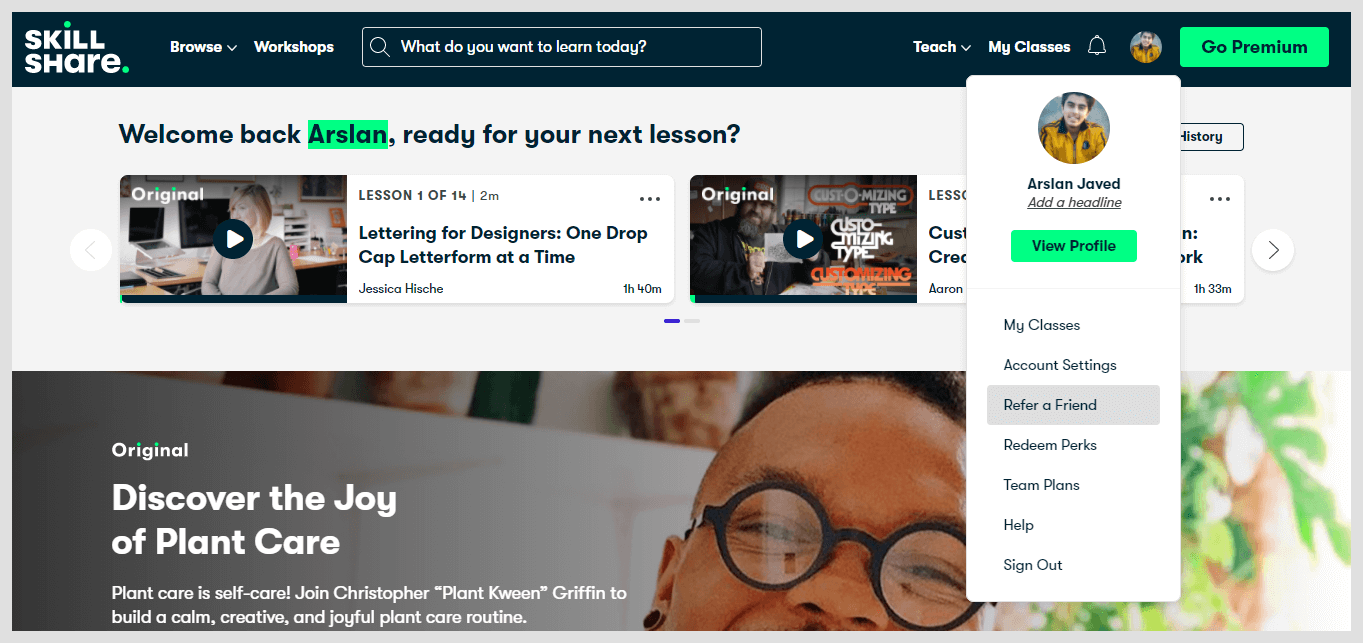
What Does Skillshare Offer?
Skillshare’s course library spans various categories, including:
- Creative Arts: Courses on graphic design, illustration, photography, and writing.
- Business and Entrepreneurship: Content covering marketing, business strategy, and entrepreneurship.
- Technology: Courses on coding, web development, and other tech-related subjects.
- Lifestyle: Topics such as cooking, wellness, and personal development.
Skillshare Learning Paths
Skillshare has introduced Learning Paths, which are curated collections of courses designed to help users achieve specific goals or acquire comprehensive skills in a particular area. Learning Paths provides a structured learning experience, guiding users through courses that build on one another.
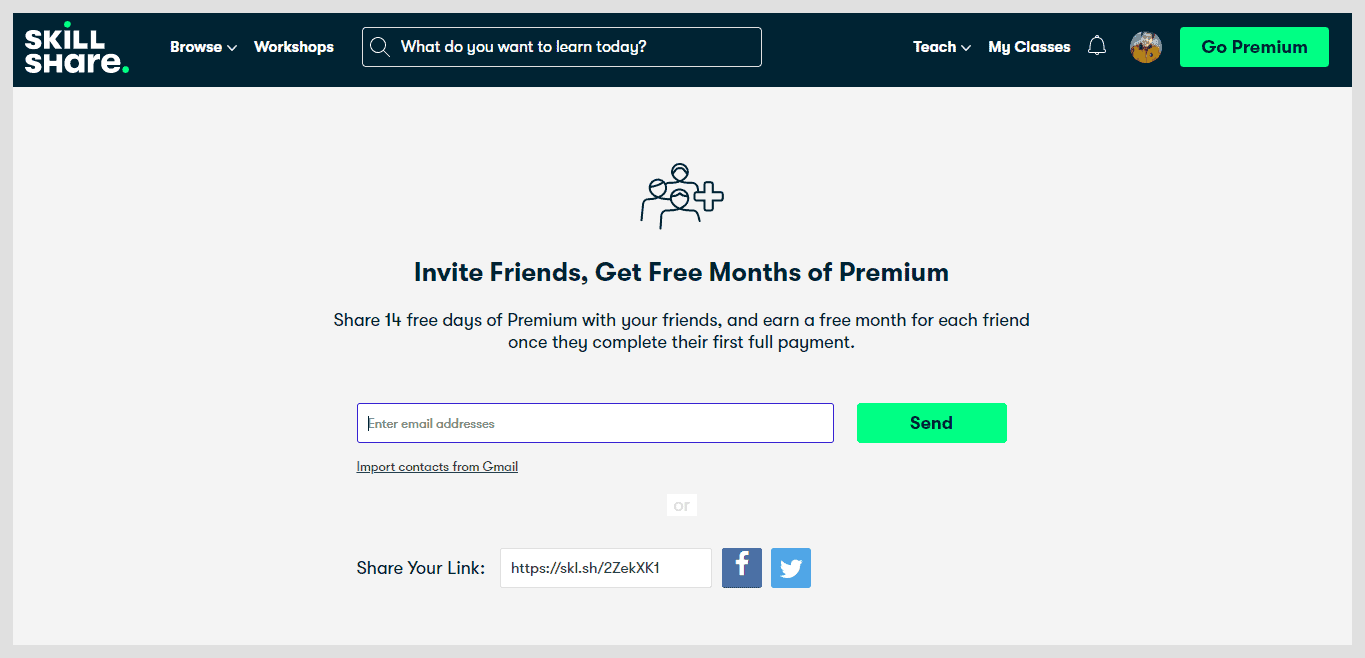
How Much Does Skillshare Cost?
As of the last update, Skillshare operates on a subscription model. Users can choose between a monthly or annual subscription. The annual subscription often offers cost savings compared to the monthly plan. Checking the latest pricing on the Skillshare website is essential, as rates may have changed since the last update.
How Much Do Other Learning Sites Cost?
To assess Skillshare’s affordability, comparing its pricing with other popular online learning platforms is essential. Competitors like Udemy, Coursera, and LinkedIn Learning may have different pricing structures, including one-time course fees or subscription models. Users should consider their specific learning needs and preferences when evaluating the cost-effectiveness of each platform.
What’s Inside Skillshare?
Upon subscribing to Skillshare, users can access a user-friendly interface to browse and enroll in courses. The platform includes:
- Course Videos: Skillshare courses typically consist of video lessons where instructors present content and demonstrate practical skills.
- Project Work: Many courses incorporate hands-on projects, allowing users to apply what they’ve learned and build a portfolio of work.
- Discussion Forums: Users can discuss with instructors and fellow learners, fostering a sense of community.
- Feedback and Reviews: Instructors often provide feedback on projects, and users can leave reviews for completed courses.
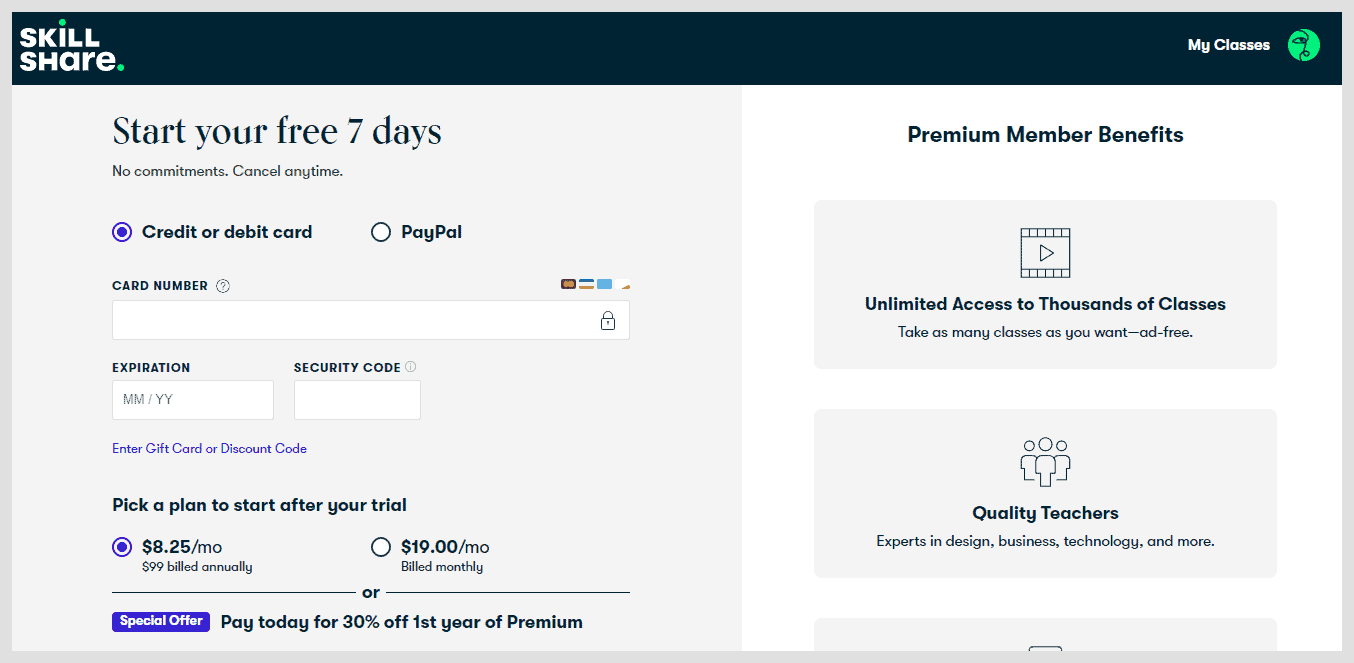
What Are Skillshare Classes Like?
Skillshare classes vary in format and structure, but they commonly include:
- Video Lectures: Instructors present lessons through video, providing explanations, demonstrations, and examples.
- Project Assignments: Courses often include projects that reinforce learning and allow students to showcase their newly acquired skills.
- Community Interaction: Discussion forums and project galleries enable students to interact with the instructor and other learners, fostering a collaborative learning environment.
- Flexibility: Skillshare’s asynchronous nature allows users to learn at their own pace, fitting education into their schedule.
Conclusion
Skillshare can be a valuable resource for individuals looking to explore creative and practical skills flexibly and cost-effectively. Its affordability, diverse course selection, and emphasis on project-based learning make it particularly appealing to certain audiences. However, the platform is not without
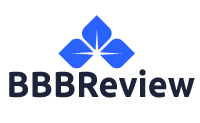


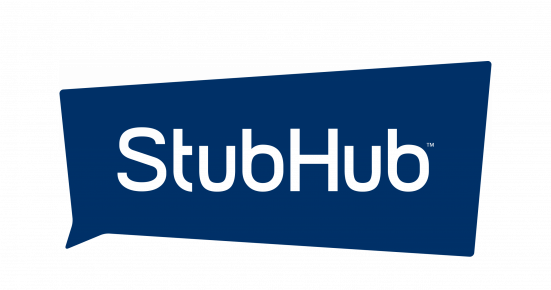
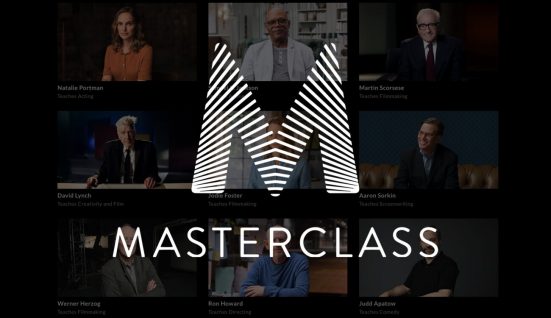
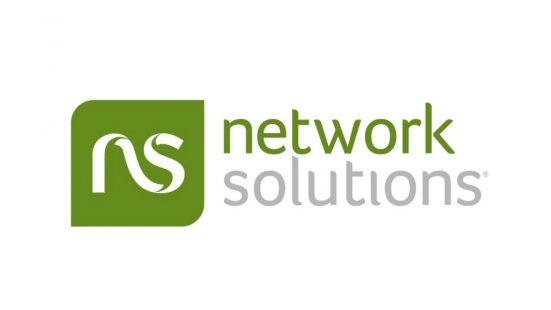
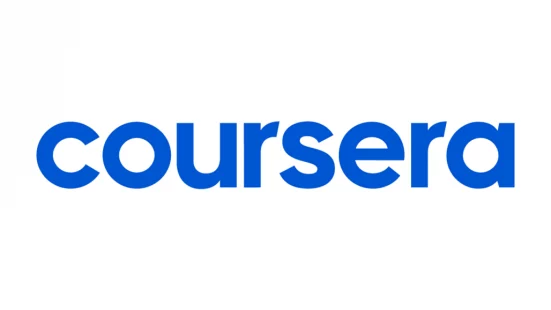
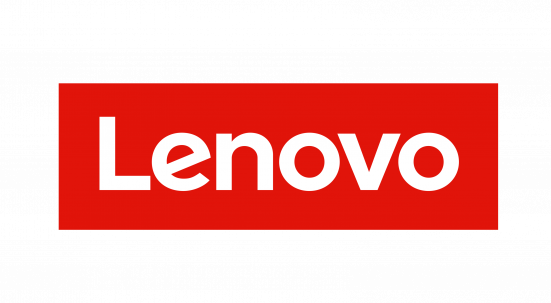
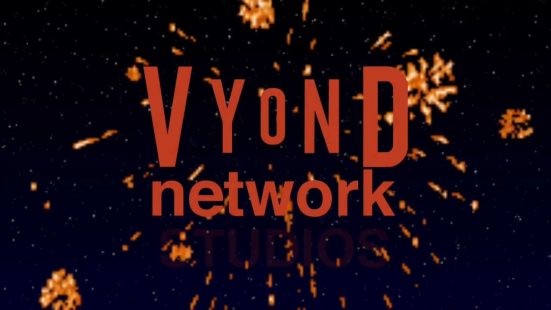
Leave feedback about this
You must be logged in to post a comment.